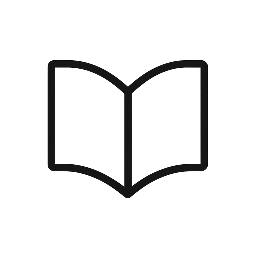Discussion Question:
In general, what findings in the physical assessment of a healthy older adult do you expect to be different than that of a healthy 35-year-old?
DQ1 UMBO 2
DQ1 PLG 5
DQ1 CLO 6
Overview
There are several different types of assessments such as focus, holistic, and also comprehensive health assessment. Where a focused assessment is typically what we all do in practice (focusing on an issue or complaint), the holistic assessment goes beyond physical health as we learned in Module 7, and also addresses emotional, mental, and spiritual health. The comprehensive assessment is then a multidisciplinary diagnostic and treatment process that identifies medical, psychosocial, and functional limitations with a goal to put together a coordinated plan of care. A comprehensive health assessment gives nurses knowledge related to the physical status of an individual through a health history, complete the exam with vital signs, and self-reported symptoms. Often the nurse uses skills such as inspection, auscultation, palpation, percussion, observation of behavior, and listening intently.
Goals Alignment
- University Mission Based Outcomes 2, 3
- Program Learning Goals 1, 5, 7
- Course Learning Objectives 1, 5, 6
Professional Standards
- AACN Essential I: Liberal Education for Baccalaureate Generalist Nursing Practice
- AACN Essential II: Basic Organizational and Systems Leadership for Quality Care and Patient Safety
- AACN Essential VI: Interprofessional Communication and Collaboration for Improving Patient Health Outcomes
- AACN Essential VII: Clinical Prevention and Population Health
- AACN Essential VIII: Professionalism and Professional Values
- AACN Essential IX: Baccalaureate Generalist Nursing Practice
Learning Materials
- Binkley, L. (2017). Bates guide to physical examination and history-taking (12th ed.). Wolters Kluwer. ISBN: 978-1469893419. Review Unit 2 as needed.

Leave a Reply